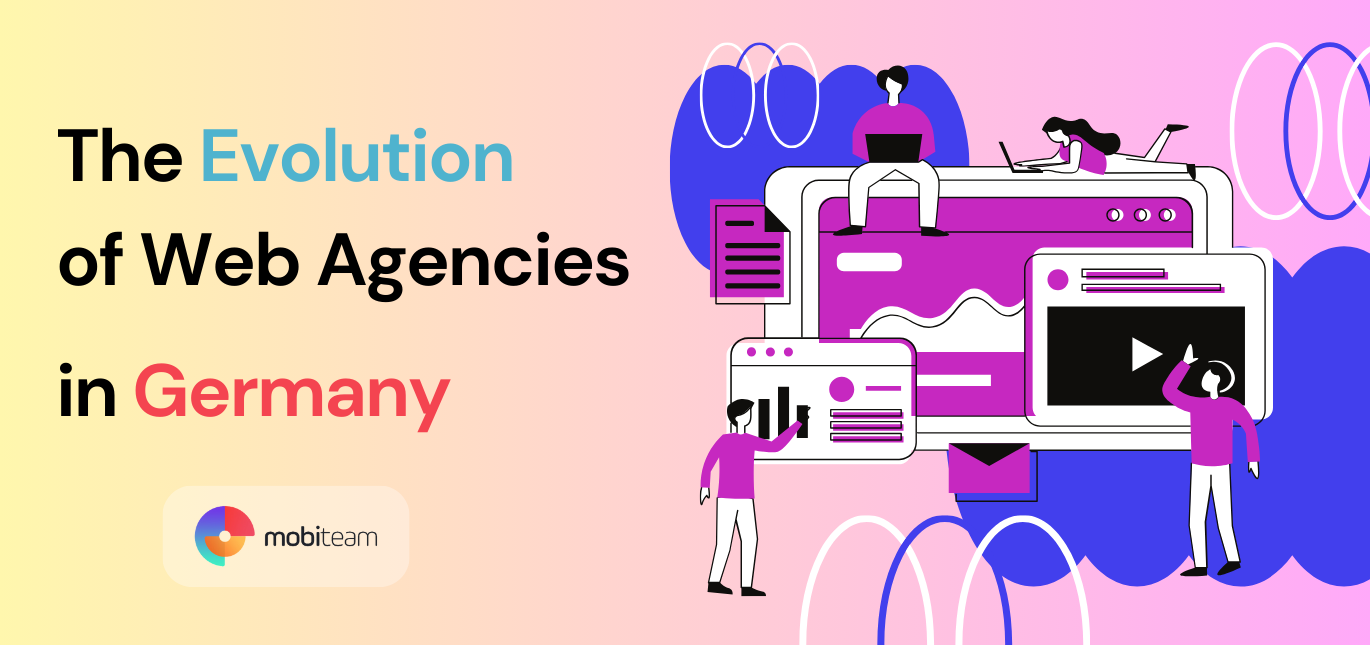Storytelling is a powerful means of communication that evokes emotions and conveys messages with depth and impact. Attention spans are so short these days, so capturing and keeping users’ interest is very important.
‘Have you ever visited a website that immediately grabbed your attention and left a lasting impression?’
‘Have you wondered why this happened?’
Chances are, that this website incorporated the art of digital storytelling into its design.
Let’s explore the importance of storytelling in web design and discuss its impact on brand identity and user engagement.
Importance of Storytelling in Web Design
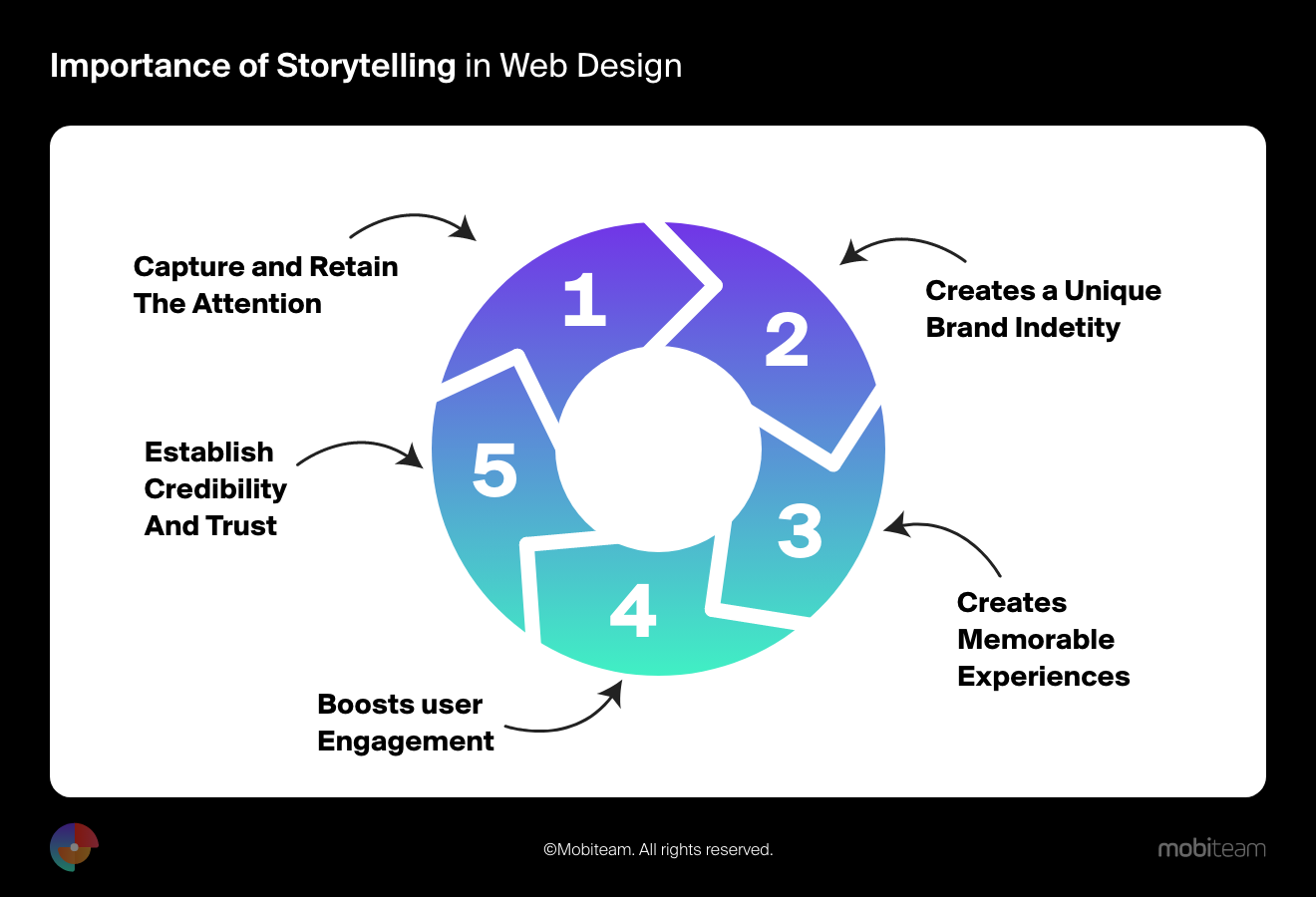
With the help of storytelling, designers can transform a static website into an engaging and memorable one, creating a cohesive and meaningful user journey.
Here are the key points highlighting the strong impact of storytelling in web design:
- It helps capture and retain the attention of users
- Creates a unique brand identity, and humanizes brands, making them authentic and trustworthy
- Allows companies to create memorable experiences that leave a lasting impact on their audience
- It boosts user engagement and encourages active participation, which leads to increased brand loyalty
- It allows companies to share their expertise, successes, and customer stories, establishing credibility and trust with the audience
This way digital storytelling allows companies to differentiate themselves from their competitors.
Companies’ Storytelling Techniques

Through compelling stories, interactive elements, and visually stunning designs, IT companies bring their offerings to life, capturing the imagination of their target audience.
Here are some ways in which these companies utilize storytelling techniques:
Product Narratives
Companies like to tell stories about their products or services to show how their offerings can be used in real life and the advantages they bring. By explaining their products in a way that people can relate to, they help users see how their solutions can solve problems or make their lives better.
Apple’s “Shot on iPhone” campaign is a great example that tells stories of people capturing beautiful moments using their iPhones. The campaign showcases the capabilities of the iPhone camera and how it empowers users to capture professional-quality photos and videos in their everyday lives.
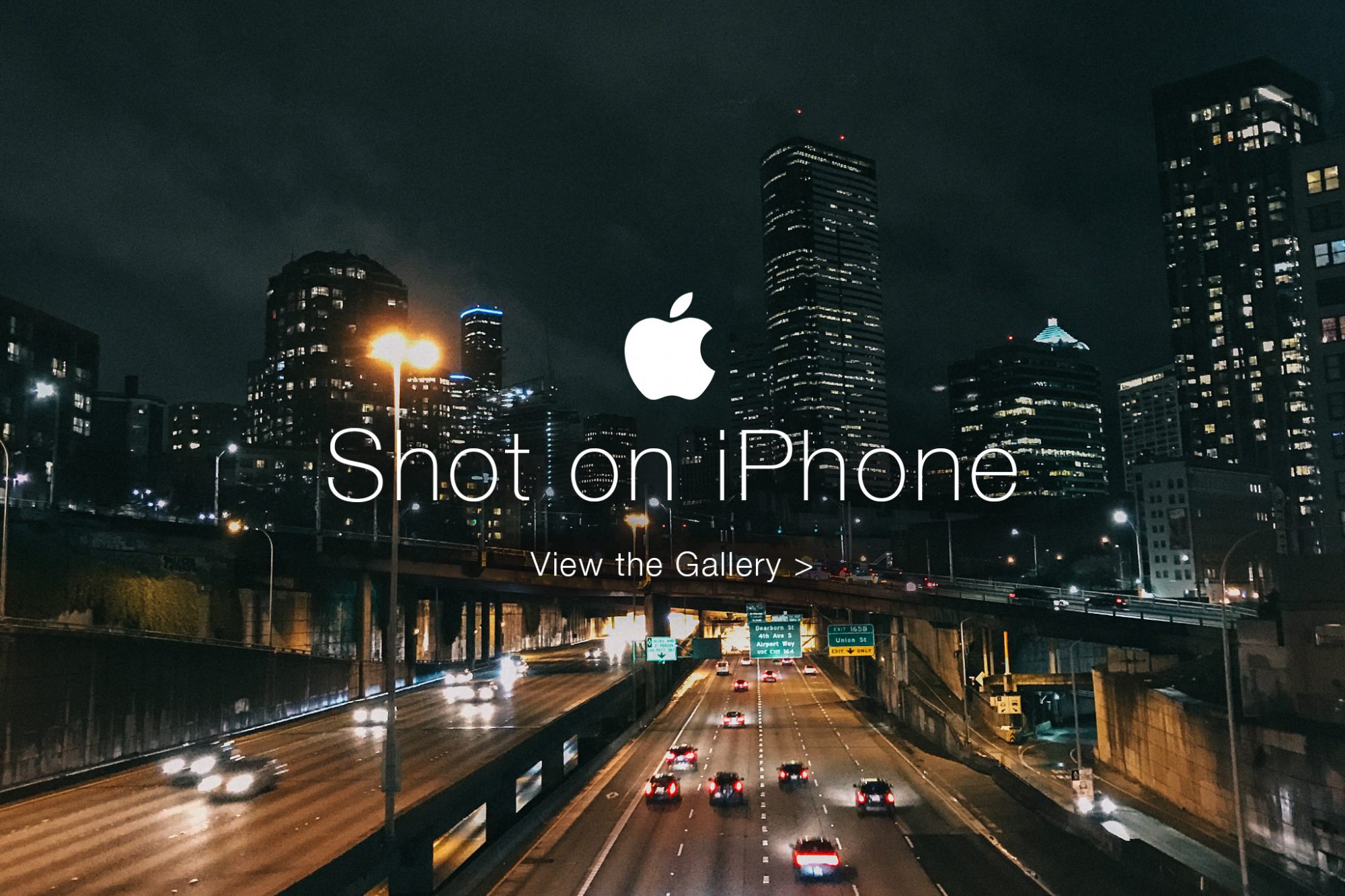
Customer Success Stories
Companies want to build trust and show that their solutions work, that’s why they tell stories about their customers. These stories talk about the problems the customers faced, how they overcame them, and how their businesses changed for the better. By sharing these stories, the companies hope to inspire and connect with potential clients.

Brand Stories
Companies use storytelling to share their brand story. They tell stories about how they started, their goals, and their values. These stories give people a glimpse into their company culture and what makes them different from others. By sharing their brand story, they connect with users and build trust.
Google’s brand story highlights its mission to organize the world’s information and make it universally accessible and useful. They share stories about their founders and the company’s commitment to innovation, emphasizing their core values of user-focused simplicity and transformative impact.
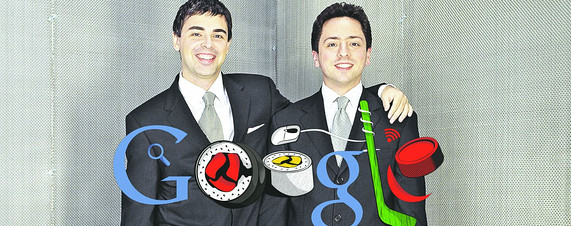
User Experience (UX) Design
Companies use UX design principles to make sure that users have an enjoyable experience as they go through a story. They think about how information is presented, how things look, and how users can interact with the story. The goal is to keep users interested and wanting to know more.
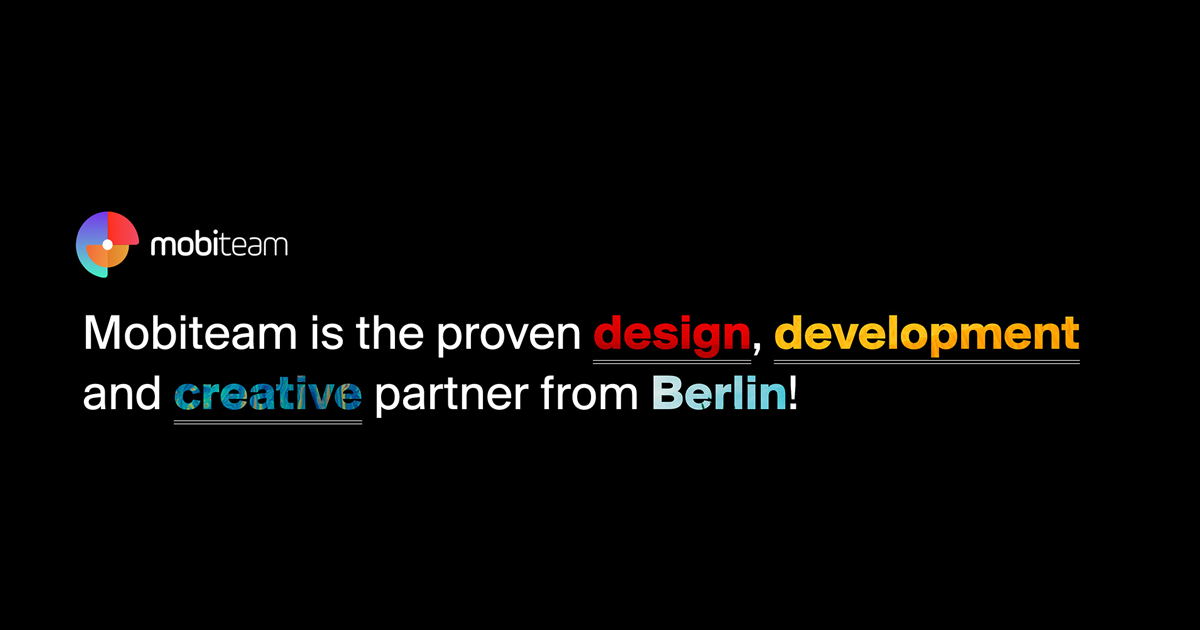
Visual Storytelling
Visual elements such as images, videos, and infographics are powerful tools in digital storytelling. They make interesting videos that show how their products work, tell stories or make people feel something. By using pictures and videos to tell their stories, they get people’s attention and help them understand difficult ideas better.
Adobe’s Creative Cloud YouTube channel features visually captivating videos that showcase the power of its creative software suite. They use visually appealing animations, stunning visuals, and storytelling techniques to demonstrate how their tools can bring ideas to life and empower creators.
Social Media and Content Marketing
Companies use social media and content marketing to tell their stories in a bigger way. They make interesting and easy-to-share content that matches their brand’s story and connects with the people they want to reach. This can be blog posts, articles, real-life examples, or updates on social media that tell stories or give helpful information. By always sharing interesting content, IT companies become trusted experts and stay connected with their audience.
An example of this is the TechBehemoths platform, which offers a variety of valuable content, including informative articles, case studies, and interviews with IT industry experts. Through their content marketing efforts, Techbehemoths provide practical information and guidance, helping businesses grow their online presence.
In this conection we see that through the art of storytelling, companies connect with their audience, leaving a lasting impression and fostering long-term relationships.
Successful Digital Storytelling Projects
To further illustrate the power of digital storytelling, let’s explore more successful examples.
Nike, a famous company that makes sports clothes, has done a really good job of telling stories in its online ads. They use their slogan “Just Do It” to connect with athletes by showing their dreams, challenges, and victories. They make interesting stories that highlight the hard work, never-give-up attitude, and strength needed to do well in sports. These stories really connect with the people Nike wants to reach, making them feel inspired and reminding them that Nike stands for being strong and successful in sports.
![]()
Coca-Cola‘s “Share a Coke” campaign is also a good example of telling stories using the internet. Instead of the usual Coke logo, they put popular names on their bottles and asked people to give these personalized bottles to their friends and family. They also shared stories online about people who had special moments and strong connections while drinking Coke. By getting people involved and sharing their own stories on social media, Coca-Cola turned a regular product into something that could help create and share personal stories.

Dove’s “Real Beauty” campaign revolutionized the beauty industry by challenging conventional standards of beauty and promoting inclusivity. They didn’t just follow the usual ideas about what’s beautiful, but instead, they included all kinds of people. Dove made videos and stories that made women think about how they see themselves and encouraged them to feel good about their natural beauty. By sharing real stories and messages that make people feel strong, Dove became a brand that supports loving yourself and celebrates true beauty.

These examples from various industries demonstrate how digital storytelling can be successfully applied in industries beyond IT. Companies that use storytelling can connect better with people and make them feel more engaged by using stories, feelings, and experiences that they can relate to. This helps the company build a strong and recognizable brand.
The Impact of Storytelling on Brand Identity
Storytelling has a profound impact on brand identity and user engagement.
One of the key impacts of storytelling on brand identity is differentiation. By crafting a compelling brand story, they establish a distinct identity that sets them apart from their competitors. Through storytelling, companies can create an emotional bond with their audience by showcasing the people behind the brand, sharing personal experiences, or highlighting customer success stories. Storytelling captivates attention, making users more inclined to explore further and spend more time on a website. Furthermore, storytelling evokes emotions, and emotions are powerful drivers of engagement. When a brand’s story resonates with users on an emotional level, it forges a deep connection and creates a memorable experience.
To Sum Up
Digital storytelling is really important nowadays. It helps create a strong image for the brand and gets people interested in it. When a brand tells a story, it makes people feel something and stand out from other similar brands.
It also helps show what the brand believes in and gets people involved. Storytelling makes people remember and recognize the brand more easily. It even encourages people to create their own content about the brand.
So, storytelling is a powerful way for businesses to show who they are, connect with people, and make them stay interested and loyal. Digital storytelling is a powerful tool that leads to business success.







